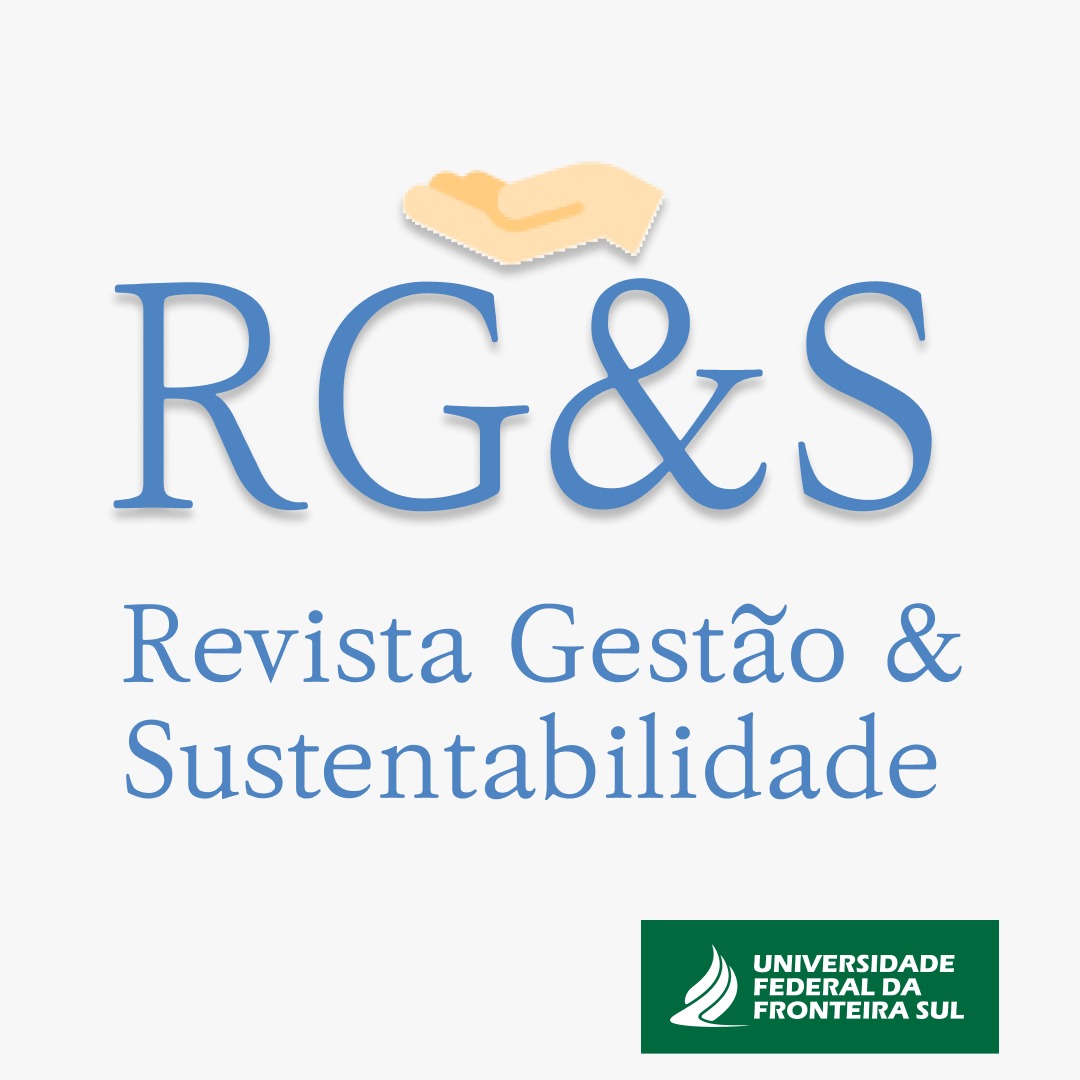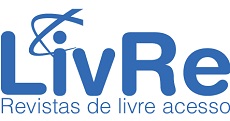Estimated dissolved oxygen in a river located in the south of Rio Grande do Sul
DOI:
https://doi.org/10.36661/2596-142X.2024v6n1.14404Palavras-chave:
Liner Regression, Water Quality, Piratini RiverResumo
The present study aimed to estimate the dissolved oxygen concentrations in the Piratini River Watershed (in Brazilian Portuguese: BHRP), located in the northwest region of the State of Rio Grande do Sul. DO is a crucial parameter in assessing water quality, as it is essential for the maintenance of aquatic ecosystems. To estimate this, global linear regression models were applied, statistical tools capable of evaluating the effect that one or more variables exert on another. The analyzed data come from collections carried out by Environmental Protection Foundation (FEPAM) between the years 2005 and 2013, period that, due to the rigorous protocol followed and sampling periodicity, revealed a robust and consistent data set. For the selection of parameters, we sought those that had the smallest sampling failures in the historical data series, namely: Thermotolerant Coliforms, Total Phosphorus, Ammoniacal Nitrogen and Total Nitrogen, Turbidity, Total Solids and Hydrogenionic Potential. After applying the linear regressions, the best global models generated were able to explain 91.90% of the variations in dissolved oxygen in the BHRP, once all the analyzed parameters were incorporated, consolidating the applicability of the method. It is also conclude that, with the exception of Total Phosphorus, all training periods are within the limits tolerated by legislation.
Downloads
Downloads
Publicado
Edição
Seção
Licença
-
O(s) autor(es) autoriza(m) a publicação do artigo na revista;
-
O(s) autor(es) atesta (m) que a contribuição é original e inédita e que não está em processo de avaliação em outra(s) revista(s);
-
A revista não se responsabiliza pelas opiniões, ideias e conceitos emitidos nos textos, por serem de inteira responsabilidade de seu(s) autor(es);
-
É reservado aos editores o direito de proceder ajustes textuais e de adequação do artigo às normas da publicação;
-
Autores mantêm os direitos autorais e concedem à revista o direito de primeira publicação, com o trabalho simultaneamente licenciado sob a Creative Commons Atribuição 4.0 Não Adaptada, que permite o compartilhamento do trabalho com reconhecimento da autoria e publicação inicial nesta revista














